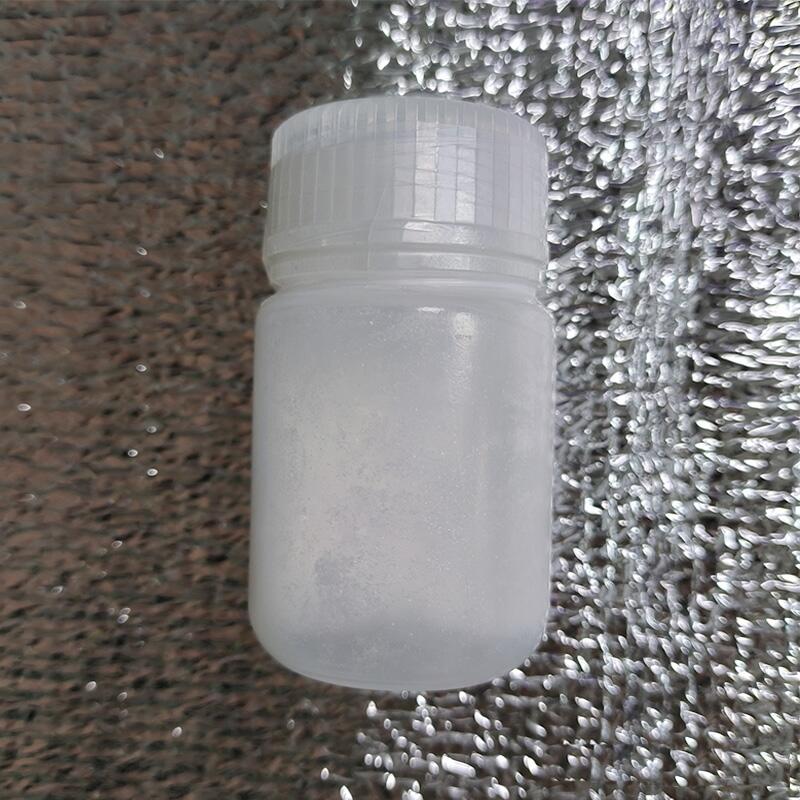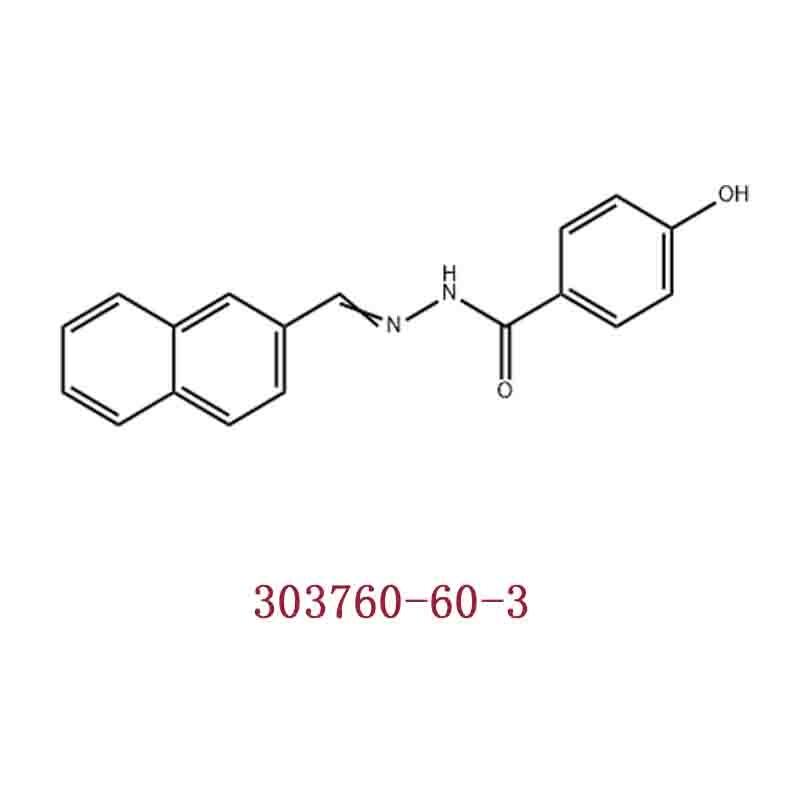-
Categories
-
Pharmaceutical Intermediates
-
Active Pharmaceutical Ingredients
-
Food Additives
- Industrial Coatings
- Agrochemicals
- Dyes and Pigments
- Surfactant
- Flavors and Fragrances
- Chemical Reagents
- Catalyst and Auxiliary
- Natural Products
- Inorganic Chemistry
-
Organic Chemistry
-
Biochemical Engineering
- Analytical Chemistry
-
Cosmetic Ingredient
- Water Treatment Chemical
-
Pharmaceutical Intermediates
Promotion
ECHEMI Mall
Wholesale
Weekly Price
Exhibition
News
-
Trade Service
Ilaprazole is a benzimidazole antidepressant drug that has been synthesized by various chemical reactions.
Synthetic routes of Ilaprazole can be broadly classified into four categories: direct synthesis, indirect synthesis, semisynthesis, and total synthesis.
Each of these routes has its own advantages and disadvantages.
In this article, we will discuss the different synthetic routes of Ilaprazole in detail.
Direct Synthesis of Ilaprazole
The direct synthesis of Ilaprazole involves the concatenation of several steps that result in the formation of the final compound.
The synthesis of Ilaprazole through this route can be broken down into three main stages: the synthesis of the benzimidazole ring, the synthesis of the side chain, and the attachment of the side chain to the benzimidazole ring.
The first step in the synthesis of the benzimidazole ring involves the condensation of nitrostyrene with sodium hydroxide in the presence of sodium nitrite.
The resulting intermediate is then treated with a solution of hydrochloric acid and sodium hydroxide to give the quinone form of the benzimidazole.
This intermediate is then reduced with diisopropylamine to yield the benzimidazole ring.
The synthesis of the side chain involves the condensation of glycine with phenyl chloride in the presence of aluminum chloride.
The resulting intermediate is then treated with hydrogen chloride to yield the desired side chain.
Finally, the side chain is attached to the benzimidazole ring through a condensation reaction.
The resulting compound is then hydrogenated to remove the remaining nitro group.
Indirect Synthesis of Ilaprazole
The indirect synthesis of Ilaprazole involves the synthesis of a precursor compound that can be converted into Ilaprazole through a series of chemical reactions.
The synthesis of Ilaprazole through this route typically involves the synthesis of the benzimidazole ring, the synthesis of the side chain, and the attachment of the side chain to the benzimidazole ring.
The main advantage of this route is that it is more economical and efficient compared to the direct synthesis route.
The synthesis of the benzimidazole ring in the indirect synthesis route is similar to the direct synthesis route.
The synthesis of the side chain involves the condensation of glycine with phenyl chloride in the presence of aluminum chloride, followed by treatment with hydrogen chloride.
The attachment of the side chain to the benzimidazole ring can be achieved through different reactions, including the use of an intermediate hydrazide.
This involves the synthesis of a hydrazide from the side chain and the benzimidazole ring, followed by treatment with a reducing agent such as sodium dithionite to yield Ilaprazole.
Semisynthesis of Ilaprazole
The semisynthesis of Ilaprazole involves the synthesis of the benzimidazole ring and the side chain, followed by the attachment of the side chain to the benzimidazole ring through a condensation reaction.
The main advantage of this route is that it is less expensive than the direct synthesis route, while still providing a high yield of the final product.
The synthesis of the benzimidazole ring in the semisynthesis route is similar to the direct synthesis route.
The synthesis of the side chain involves the condensation of glycine with phenyl chloride in the presence of aluminum chloride, followed by treatment with hydrogen chloride.
The attachment of the side chain to the benzimidazole ring can be achieved through different reactions, including the use of an intermediate hydrazide.
This involves the synthesis of a hydrazide from the side chain and the benzimid







